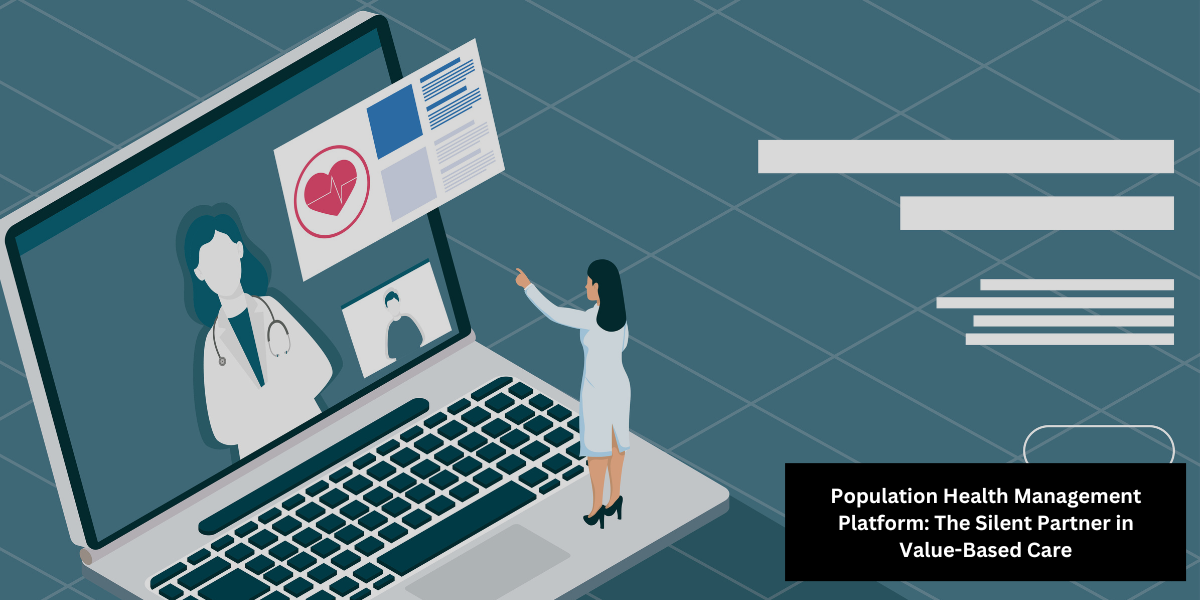The healthcare landscape is undergoing a significant shift towards value-based care, where providers are rewarded for delivering better patient outcomes rather than simply the volume of services rendered. In this new paradigm, the Population Health Management Platform has emerged as a silent but crucial partner in achieving success.
What is a Population Health Management Platform?
Pop Health, as it’s sometimes called, refers to a collection of digital tools designed to manage the health of a defined patient population. This population can be a specific group within a healthcare system (e.g., diabetics, heart disease patients), a geographically defined community (e.g., a city or county), or even an entire employer group.
By aggregating and analyzing patient data from various sources, this platform provides healthcare providers with a holistic view of their population’s health needs.
How PHM Platforms Contribute to Value-Based Care?
These offer a powerful set of functionalities that directly support the goals of VBC:
– Risk Stratification
Through advanced analytics, PHMP can identify patients at high risk for chronic diseases or hospital readmissions. This allows providers to segment their population based on risk factors and tailor interventions accordingly.
For example, a patient with a history of heart disease and uncontrolled diabetes might be flagged as high risk. The platform can then prompt healthcare teams to proactively reach out with personalized care plans focused on medication adherence, diet management, and potential screenings.
– Proactive Care Management
Armed with patient insights from the Pop Health platform, healthcare teams can proactively reach out to high-risk patients with targeted interventions.
- Care plan development: Creating personalized plans that address specific health needs and goals.
- Preventive measures: Encouraging healthy behaviors like regular exercise, healthy eating, and medication adherence to prevent complications.
- Educational resources: Providing patients with easy-to-understand information about their conditions and self-management strategies.
– Improved Care Coordination
Traditionally, patient care can be fragmented across different providers and facilities. Population Health platforms can bridge this gap by facilitating communication and collaboration. This involves:
- Secure messaging: Enabling real-time communication between doctors, nurses, care managers, and specialists involved in a patient’s care.
- Shared care plans: Allowing all providers to view and contribute to a patient’s comprehensive care plan, ensuring everyone is on the same page.
- Referral management: Streamlining the referral process between different healthcare entities, reducing delays, and improving care continuity.
– Cost Reduction
By focusing on preventive care and reducing hospital readmissions, PHM platforms can significantly lower healthcare costs for both providers and payers.
Here’s how:
- Early intervention can prevent complications that require expensive hospital stays and procedures.
- Improved medication adherence can reduce unnecessary emergency room visits.
- A healthier population translates to lower overall healthcare utilization.
Takeaway
The Population Health Management Platform empowers healthcare organizations to transition from a reactive to a proactive approach to patient care. This proactive approach directly aligns with the goals of value-based care, where providers are incentivized to keep their patients healthy.
Partner with Persivia and explore the full prospect of Population Health Management.

